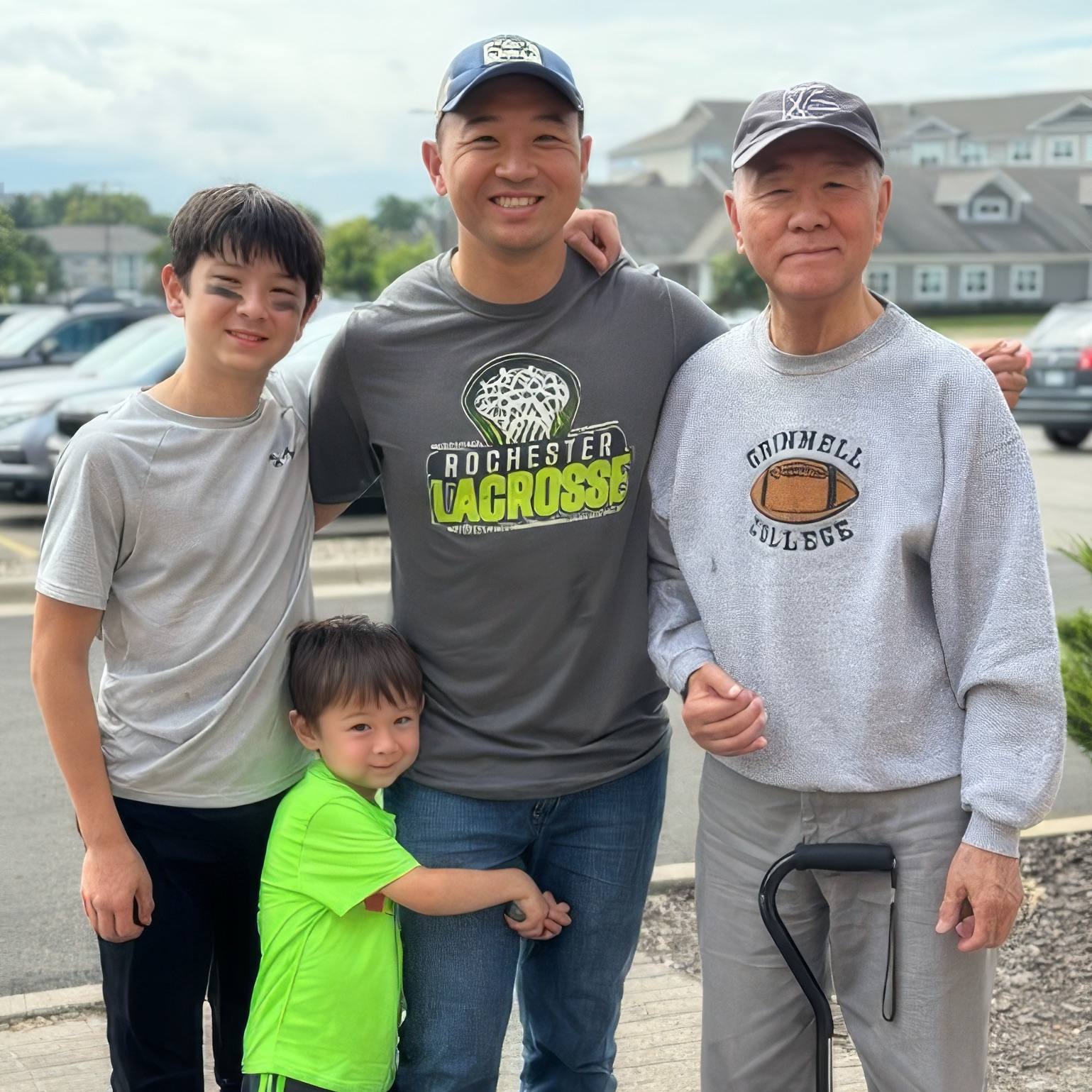-
Mayo Clinic Minute: 3D-printed cast makes for a more hygienic recovery
New 3D-printed casts available at Mayo Clinic in Florida are making healing a more hygienic experience. The Department of Physical Medicine and Rehabilitation is using a waterproof polymer material that will let cast-wearers bathe, sweat and do a host of other tasks that are much more difficult with a traditional fiberglass cast.
Journalists: Broadcast-quality video natural sound pkg (1:00) is available in the downloads at the end of the post. Please courtesy: "Mayo Clinic News Network." Read the script.
Out with the old and in with a new, more hygienic way to heal, thanks to 3D-printing technology.
In about 90 minutes, a scan of the injured area is turned into a digitized model, then printed using specialized equipment and supplies.
"With traditional casting, we have to keep it dry," says Dr. Daniel Montero, a Mayo Clinic orthopedic surgeon. "That can be a pain, especially for bathing and hygiene. But with newer 3D splints and casts, they are allowed to get wet."
Dr. Montero says that includes sweating, which will allow someone wearing the cast to stay physically active. Unlike a fiberglass cast, which transmits the force of impact to the bone, the polymer material used in a 3D-printed cast disperses force evenly across the surface, making it more durable.
"I'm excited to use this with our athletes and keep them in the game and minimize some of the downtime exercise-wise," he says.
For now, patients 10 and older with traditional wrist fractures are candidates for the new cast.
"There'll be other applications in the future as we continue to study and fine-tune the technology," says Dr. Montero.
Currently, 3D casts are only available at Mayo Clinic in Florida, as other Mayo locations explore its use.
For the safety of its patients, staff and visitors, Mayo Clinic has strict masking policies in place. Anyone shown without a mask was recorded prior to COVID-19 or recorded in an area not designated for patient care, where social distancing and other safety protocols were followed.
Related Articles







